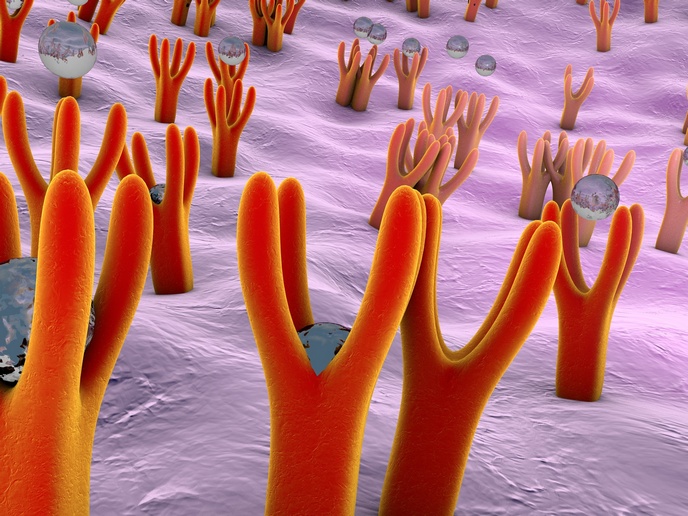Visualising virus entry into cells
Virus infections are a major cause of suffering and death. The recent outbreak of severe acute respiratory syndrome and the constant threat of an influenza pandemic indicate the potential of any virus to turn into a serious pathogen. To combat such infections we need to understand how viruses enter cells and propagate. The EU-funded 'Molecular mechanisms of cell entry of enveloped viruses' (VIRUS ENTRY)(opens in new window) project was a systematic and comprehensive study on viral components mediating virus–cell interactions. Using multidisciplinary technologies and tools, the consortium dissected virus interaction with the cell and visualised virus entry and movement within cells. Important discoveries were made with respect to host cell factors in entry and virus fusion with the cell membrane. In addition, scientists elucidated the requirements for successful cell entry that will undoubtedly prove useful in the design of antiviral strategies. They dissected the binding pathway of the influenza virus glycoprotein haemagglutinin and its receptor, unveiling the dynamics of this interaction for virus transmission. For enveloped viruses, such as HIV, the consortium observed the presence of several spike proteins on the virus envelope that mediate virus fusion with the cell membrane. Strategies to inhibit the fusion and thereby virus infection offer a new perspective on therapy. An equally valid antiviral approach would be to interfere with the appropriate folding of the virus spike proteins. Furthermore, VIRUS ENTRY developed immunoliposomes that could bind HIV-1 virus-like particles. Phagocytosis of these particles by macrophages offers an interesting approach for the efficient removal of HIV-1 and other viruses. Collectively, the work of the VIRUS ENTRY project does not only provide mechanistic insight into the process of virus cell entry during infection. It also proposes innovative solutions for blocking viral entry or for combating established infections.







